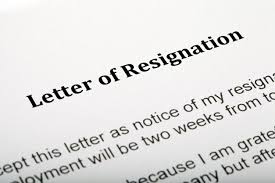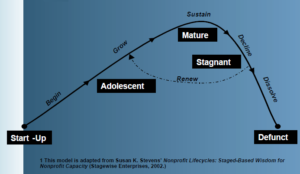 We need a fresh start and conscious awakening. If you’re like me, your lives are flooded with information from every direction. And we have become very good at selecting the information we choose to let in, to affect us, to learn from, to judge others and ourselves by, and to believe. We filter that information by choice on how it fits our beliefs, our experiences, our worldview, and our desires. Inevitably, we reject the information that doesn’t seem to directly fit. Thus, if we find ourselves reacting to the content of information and it makes us feel uncomfortable, or afraid, or helpless, we reject it, or get angry, or pretend we didn’t see it.
We need a fresh start and conscious awakening. If you’re like me, your lives are flooded with information from every direction. And we have become very good at selecting the information we choose to let in, to affect us, to learn from, to judge others and ourselves by, and to believe. We filter that information by choice on how it fits our beliefs, our experiences, our worldview, and our desires. Inevitably, we reject the information that doesn’t seem to directly fit. Thus, if we find ourselves reacting to the content of information and it makes us feel uncomfortable, or afraid, or helpless, we reject it, or get angry, or pretend we didn’t see it.
Dead or alive?
As we are all connected on a deeper human level, we can’t pretend we didn’t consume it. Unfortunately, that information remains inside of us and shows up as an unconscious worry, doubt, anxiety and depression. Or, we experience feelings that bubble up related to that information, but don’t know why. Most of all, we just want to stop feeling that way. We feel brittle, ghost-like. So, we try to ignore the feelings: we eat, drink, anaesthetize ourselves with medication, with shopping or trips, with mindless entertainment. Or it shows up as anger, lack of compassion, lack of focus. In ways that matter, we begin to deaden ourselves. It’s as if we will ourselves into stressful, reactionary, unhappy and frantic lives. As Sigmund Freud said, “Unexpressed emotions will never die. They are buried alive and will come forth later in uglier ways.” And as we suffer, so do our families, our colleagues, and our communities. When that happens, we become less than our true selves. We no longer are living our highest potential.
It’s time for a fresh start – to awaken
When you go through a conscious awakening, you undergo a period of intense change and revelation in your  life.
life.
If every day is an awakening, you will never grow old. You will just keep growing. – Gail Sheehy
Conscious awakening doesn’t mean that you shut out the information, the news, the situations we face. So, it requires that we take a step back for a moment and find a breath of distance. A breath of distance is when we stop and breathe and focus fully on what we are seeing, hearing, reading. Perhaps, we listen fully to the person who is speaking. Since the breath allows us to find clarity, we can make a choice on how we want to respond. When we choose a breath of distance, we move past the urge to complain – complaining is a negative release of energy that disempowers us. Or it releases stress, anxiety, and anger.
Consciousness leads t0 intuitively and creatively taking action
Christof Koch, Chief Scientific Officer at the Allen Institute for Brain Science, tells us: “Consciousness is a fundamental property of the universe. Wherever there is integrated information, there is experience.” The more we move to being conscious, the more we understand ourselves and the world. A conscious awakening begins with a quiet moment as we go inside to question our beliefs and reactions. Here you find answers to your suffering and can make peace within moments of silence. Most importantly, this is where you will recognize your spirit, your purpose, and your ability to choose. What reflects your highest potential? As we begin to figure out whether we can change something and how, we can take conscious action. Or, sometimes we choose to surrender to the situation within ourselves. A fresh start might mean walking away in order to go within, or working with a coach on mindfulness.
All humans connect through consciousness. So, how we think, act, react, and believe ripples out from us into the world and affects others. Consequently, we have a responsibility to one another to respond to the world from a place of consciousness.
Today is a new day. Fresh start, begins now.




 wise choice as they are in the midst of strategic planning. An experienced interim director keeps all the balls in the air. The right interim will be able to add some new networks and processes to the organization.
wise choice as they are in the midst of strategic planning. An experienced interim director keeps all the balls in the air. The right interim will be able to add some new networks and processes to the organization.





